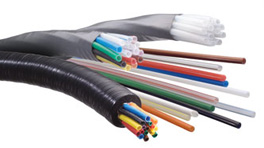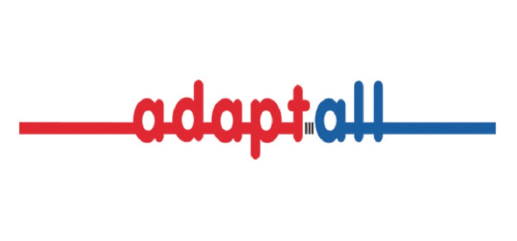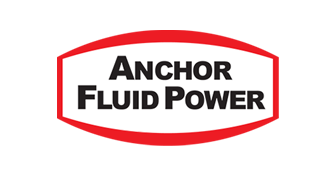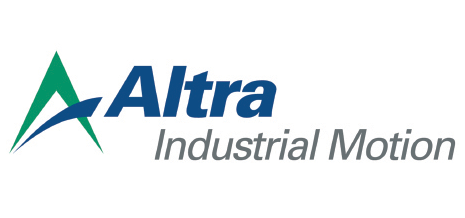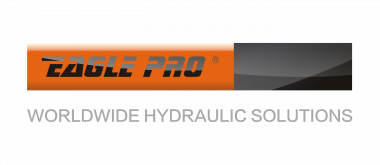“Pneumatic tubing” is a very common search term in the industrial world. Considering that manufacturing is as strong as its been in recent history, along with the rise in smart phone usage, this search makes a lot of sense. Operations directors and maintenance professionals alike are turning to the internet to find the best pneumatic tubing for their job.
What’s the Difference?
Pneumatic tubing may seem pretty straightforward. It kind of is, but it mainly comes down to the material it is comprised of. There are a multitude of applications for pneumatic tubing. Any pneumatic system is reliant upon the pneumatic hose and tubing to connect pumps, actuators, valves and other components, so quality is very important.
Pneumatic tubing is often used in food and beverage applications, mobile applications and many other applications.
The main concern for many end operators is the flexibility of the air tube they are working with. Routing is a major concern as oftentimes the machinery the tubing is being attached to is unmovable.
Now that we’ve covered what we’re looking for in pneumatic tubing, let’s get down to what makes it most flexible.
Material
When it comes down to it, flexible pneumatic tubing is made of plastic. But there are so many different kinds of plastics. Think about all of the plastic products in your life: Some are very pliable while other are solid and rigid. Plastic polymers are as varied as the applications they are used in. Polyethylene, polyurethane, nylon, Teflon® and PVC are all types of pneumatic tubing, named after the plastic polymers they are created from.
The most workable, easily routable (a.k.a flexible) air tubing is polyurethane. Not only is it super bendy, but it offers great resistance to abrasion and tears. Polyurethane is ideal for routing in small spaces.
Flexible PVC tubing is a little less flexible than polyurethane, but if your routing needs aren’t quite as extreme, PVC is a great option. It is kink resistant and has a wide temperature range. It can also be reinforced a 2-fiber spiral and PVC cover, it is a great option when you need a strong, reliable pneumatic solution.
Polyethylene is the most common plastic used today. It is used primarily in packing, but it is also used for…you guessed it…air tubing! It is lightweight, durable and more frequently used on the low-pressure side of pneumatics. It’s chemical resistant as well as economical.
Chances are, you have seen nylon plastic most commonly in injection molding applications, because it is light, stable and durable. For this same reason, it is used for flexible pneumatic tubing. It has a high heat resistance, making it a great choice in high temperature production settings.
Teflon® tubing is the brand name for PTFE tubing. This tubing is smooth and also very flexible, nonflammable, heat resistant and chemical resistant. It is often used in applications where cleanliness and purity are essential, such as medical and lab applications. For this reason, it is often used in robotics.
Who knew there were so many different types of pneumatic tubing, with varying degrees of flexibility? Oh wait, we did. Call us anytime with any product or application questions. We’d be happy to help.

